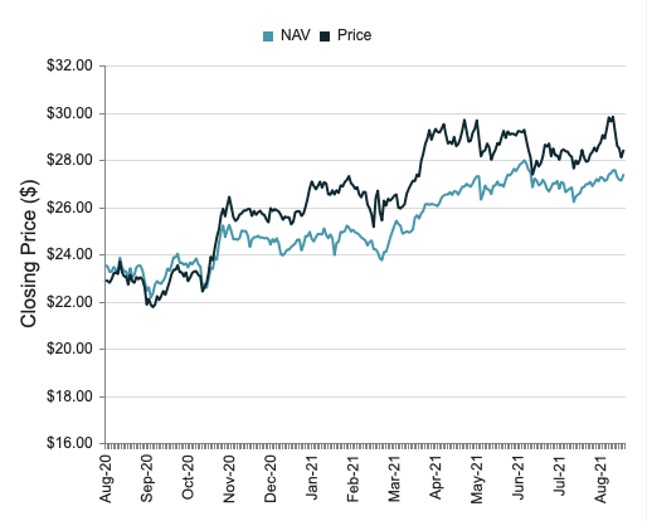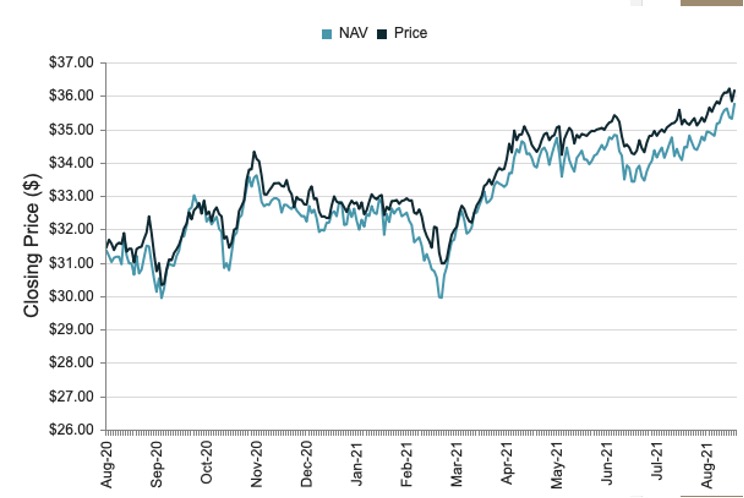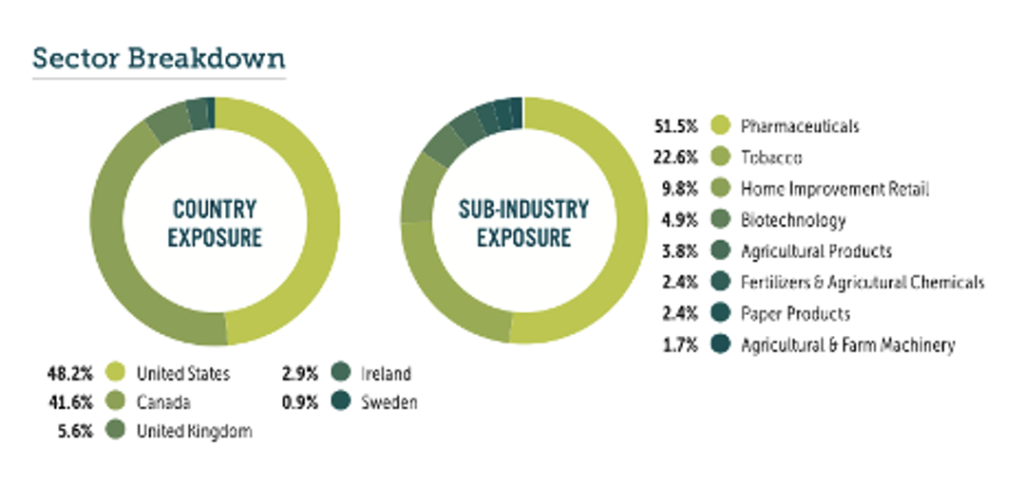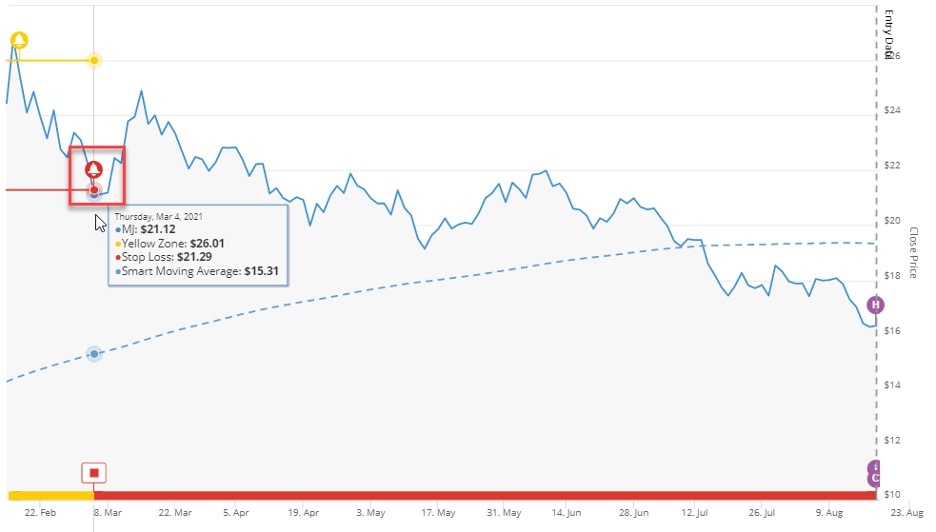But the airline industry is facing a new problem.
The current labor shortage could create another set of challenges for an industry in need of recovery.
Cancellations Boom
By 7:30 a.m. on Monday, American Airlines had canceled 262 flights. The numbers continued to snowball throughout the day.Between Friday and Monday morning, the company had announced more than 2,200 cancellations. While the company cited some weather disruptions, an ongoing staff shortage has hammered it.
But American isn’t the only one. In August, Spirit Airlines canceled more than 2,800 flights in 11 days due to labor shortages and weather.
Then in October, Southwest canceled about 2,000 flights for the same reasons.
We can look back to the onset of the COVID-19 crisis for the start of this trend. Once the pandemic started, airline companies offered generous retirement packages and extended leaves of absence for their employees.
But when demand returned, the companies struggled to return enough employees. As a result, the companies have a shortage of groundworkers, mechanics, pilots, bag handlers, and crew.
Ahead of this busy travel period, airlines are struggling to bring back workers from extended leave, recruit new talent, and manage their flight schedules. With a smaller workforce, one day of bad weather can lead to many employees being stuck in different places, making it difficult to ensure that planes have a full crew to take off.
Simply put, the airline industry was too aggressive in its approach to the COVID-19 outbreak and expected demand for 2020 and 2021. However, it’s difficult to fault them. At the start of the crisis, it was challenging to predict the future.
Airlines Are Not Alone
It’s not just airlines that are struggling with staff shortages. Retail stores, restaurants, hotels, hospitals, and even schools are facing the same issue.Even technology companies are now struggling to fill highly coveted, high-paying jobs in the engineering space. A recent survey of technology executives by CNBC showed that finding talent is now their biggest concern. The Technology Executive Council survey showed that 57% of technology executives list talent recruitment as the largest concern for their companies.
That figure is well above the 26% who listed supply chain disruptions and 20% who listed cybersecurity as their top concern.
And remember — it’s not just recruiting talent. It’s also a challenge for these companies to maintain their current workforces. With wages increasing, workers are taking their talent elsewhere for a bigger payday.
Pilot Problems
Pilots have highly specialized skills, and a shortage looms for the industry. Thousands of pilots decided to retire or were laid off as COVID-19 ravaged the sector.But more problems face the industry as airlines try to bring pilots back. Government vaccine mandates and travel curbs have kept many pilots on the sidelines.
In addition, there are concerns among many employees about the long-term stability of their jobs. Following COVID-19, airline workers might look at the sector with new eyes.
COVID-19 produced several trends that reduced the need for business travel, such as videoconferencing. And we’ve witnessed a wave of unruly passengers on planes, raising safety concerns.
Governments around the globe are looking to curb carbon emissions, and such policies could drive up costs and reduce flight demand.
Finally, there is the obvious hiring challenge: training. It can take up to two years to train a pilot. So anyone who is thinking about making that career change to take advantage of this new demand won’t be around to fill a job until late 2023.
The consultancy notes that North American carriers will see a shortage of 12,000 pilots by 2023.
Naturally, this is going to be a serious problem for airline companies moving forward. Moreover, today’s labor shortages in pilots, truckers, and other critical transportation workers could easily extend our supply chain crisis much further than officials have projected.
Tomorrow, I’ll discuss one company that will benefit from the labor shortage and showcase how to trade it using options.










